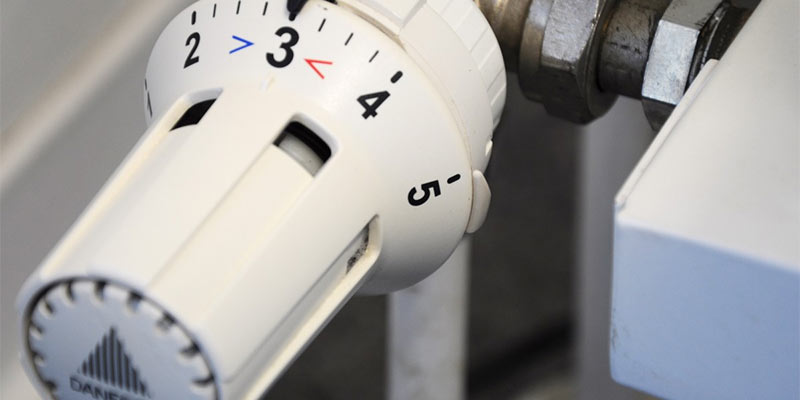
As temperatures drop, home heating costs increase. Of course, no homeowner wants to spend more than necessary to keep their homes cozy and comfortable on those chilly fall days. Fortunately, there are several simple yet effective ways to reduce energy use without sacrificing comfort in the process.
Re-Visit Your Thermostat Settings
At what temperature do you keep your thermostat set? You might consider lowering that temperature by even just a couple of degrees; you will likely not notice a difference in comfort, but you will notice the difference in your energy costs. You might also look into upgrading to a programmable or smart thermostat, which will allow you to set temperature schedules to maximize energy efficiency in your home.
Have Your Home Insulation Assessed
Poor or inadequate insulation can take a major toll on your home’s energy efficiency. If you have specific areas of your home that feel especially drafty, insulation may be to blame. Contact an insulation professional to assess your home, and consider having insulation upgraded or installed where needed. For example, that bedroom or loft above your garage may be cold because insulation was never installed in your garage ceiling when the home was built.
Schedule a Furnace Tune-Up
Having your furnace inspected and tuned-up before winter hits is a great way to maximize efficiency and performance, thus reducing your heating costs all fall and winter long. Furthermore, an inspection can make you aware of minor issues with your furnace that could turn into major (and expensive) problems if left unaddressed.
Check for Air Leaks and Drafts
One great DIY project you can take on to improve efficiency around your home this fall is to check all windows and exterior doors for drafts and air leaks. Often times, these leaks can be easily repaired or patched using weather-stripping (ideal for doors) and caulking. Specifically, caulking around gaps in windows can greatly improve your energy efficiency and keep your home feeling more comfortable as temperatures plummet.
Close Vents in Unused Rooms
Finally, if you have certain areas or rooms in your home you don’t often use, you might want to close off the heating vents to that room altogether. Doing so will allow warm air to better circulate in the areas of the home you use most while reducing the total square footage you need to heat in your home. As a result, you can cut down on your energy bills significantly. If needed, you can always open the vents a couple hours before you anticipate one of these rooms to be used (such as a guest room when you have company staying over).
A little bit of preparation can go a long way in reducing your energy use this fall, so be sure to give some or all of these tips a try!
